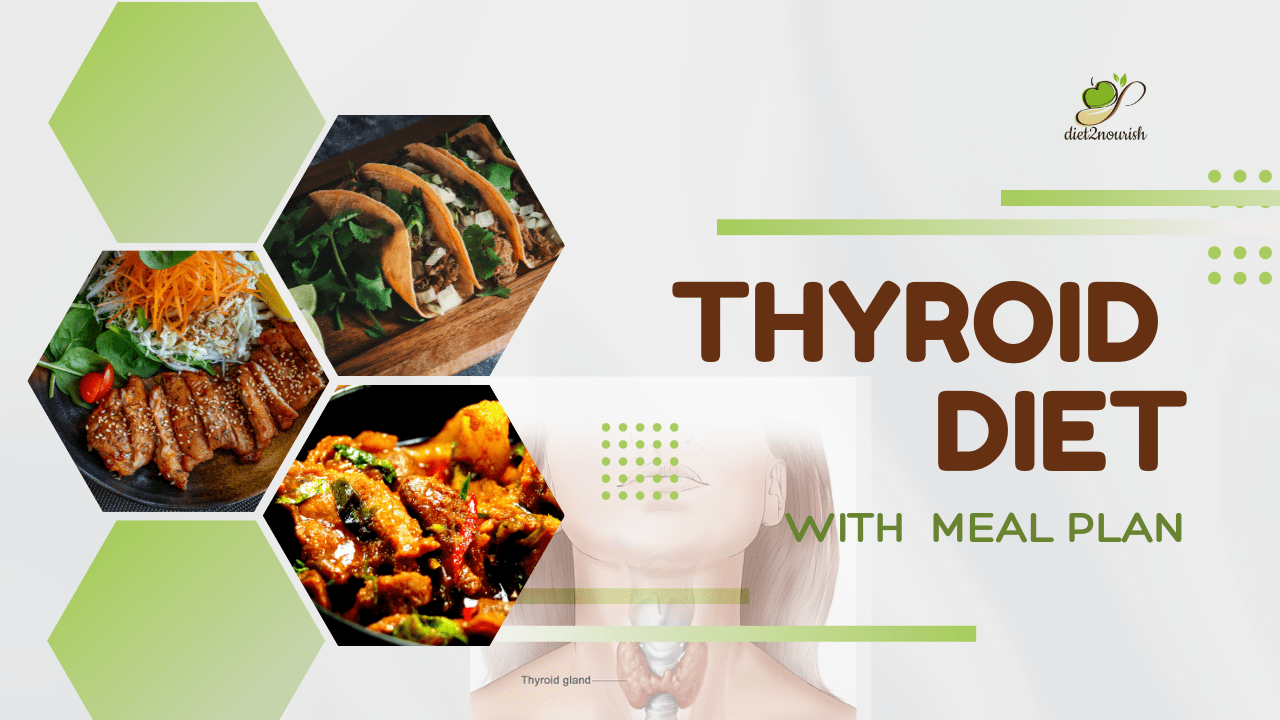Overview
In Type 1 diabetes, the pancreas doesn’t make insulin due to an immune system attack on insulin-making cells.
In Type 2, the pancreas produces less insulin, and your body becomes insulin resistant.
In this post, we shall discuss the Definition, Symptoms, Treatment, Differences.
Definition of Type 1 and Type 2 Diabetes
Type 1 Diabetes
Type 1 diabetes is when your immune system destroys insulin-making cells in the pancreas, often diagnosed in young people, formerly known as juvenile diabetes.
Type 2 Diabetes
Type 2 diabetes is a long-lasting condition that affects how your body uses insulin. It’s more common in middle-aged and older people but can also affect children and teens, often due to obesity. It was once called adult-onset diabetes.
Comparison between Type 1 and 2 Diabetes
| Factors | Type 1 | Type 2 |
| Symptoms | 1. Blurry vision 2. Extreme thirst 3. Irritability or confusion | 1. Blurry vision 2. Extreme hunger and thirst 3. Headaches 4. Weight loss |
| Causes | The pancreas doesn’t make insulin because the immune system attacks it | The pancreas makes less insulin and the body becomes resistant to it |
| Treatment | Type 1 diabetes can only be treated with insulin | Type 2 diabetes can be managed with diet, weight loss, medications, and insulin if needed |
| Possible Cure | 1. Unfortunately, there’s no cure for diabetes 2. Lifelong treatment helps manage symptoms | There is no cure, but measures can slow progression and manage symptoms |
| Lifestyle Treatments | 1. Follow a treatment plan and medical advice 2. Follow an active, healthy lifestyle 3. Pay attention to glucose levels when exercising | 1. Follow a treatment plan and medical advice 2. Follow an active, healthy lifestyle 3. Avoid smoking |
| Avoiding Complications | 1. Wear a medical ID 2. Take measures to avoid infections 3. Have regular eye tests 4. Check for wounds and seek early treatment | 1. Follow a healthy diet and get regular exercise 2. Check for wounds and seek early treatment 3. Have regular eye tests |
| Prevention | It’s not yet possible to prevent type 1 diabetes | 1. Follow a healthy diet with regular exercise 2. Avoid or quit smoking 3. Follow a doctor’s instructions if diagnosed with prediabetes |
Is Type 1 Diabetes worse than Type 2
It’s not accurate to say that one type of diabetes is inherently worse than the other. Both Type 1 and Type 2 diabetes come with their own challenges and potential complications. The impact of diabetes on life expectancy can vary greatly depending on factors such as how well the condition is managed, individual health, and access to healthcare. It’s important for individuals with either type of diabetes to focus on effective management, which can greatly improve their quality of life and reduce the risk of complications.
Can Type 2 Diabetes turn into Type 1
Type 1 and Type 2 diabetes are distinct conditions and can’t turn into each other. However, they can coexist, known as double or hybrid diabetes. About 4% of Type 1 diabetes patients have the potential to develop Type 2 diabetes. Risk factors include genetics, obesity, poor diet, and lack of exercise. Treatment usually involves insulin shots, dietary changes, and lifestyle adjustments. Researchers are still studying the best ways to manage this condition.
Frequently Asked Questions
What are the differentiating factors between Type 1 and Type 2 diabetes?
Type 1 diabetes is typically diagnosed in childhood, while Type 2 diabetes is usually diagnosed after the age of 30.
What happens if you have both type 1 and type 2 diabetes?
Coexisting Type 1 and Type 2 diabetes (double diabetes) typically increases the risk of diabetes complications.
Can a type 2 diabetic survive without insulin?
Some people with type 2 diabetes may require insulin injections, while others can manage it without insulin.
Is type 1 or type 2 diabetes genetic?
Type 2 diabetes is more strongly linked to family history and genetics than type 1. Race and environmental factors can also play a role.
Why can’t Type 2 diabetics produce insulin?
In Type 2 diabetes, sugar doesn’t enter cells properly, causing it to build up in the blood. This leads to increased insulin production by the pancreas. Over time, the insulin-producing cells in the pancreas can get damaged, resulting in insufficient insulin production.
Conclusion
Now that you know about the types of diabetes, treatments, and some useful resources for implementation, you can start right away. If you need further assistance, feel free to reach out to us.



